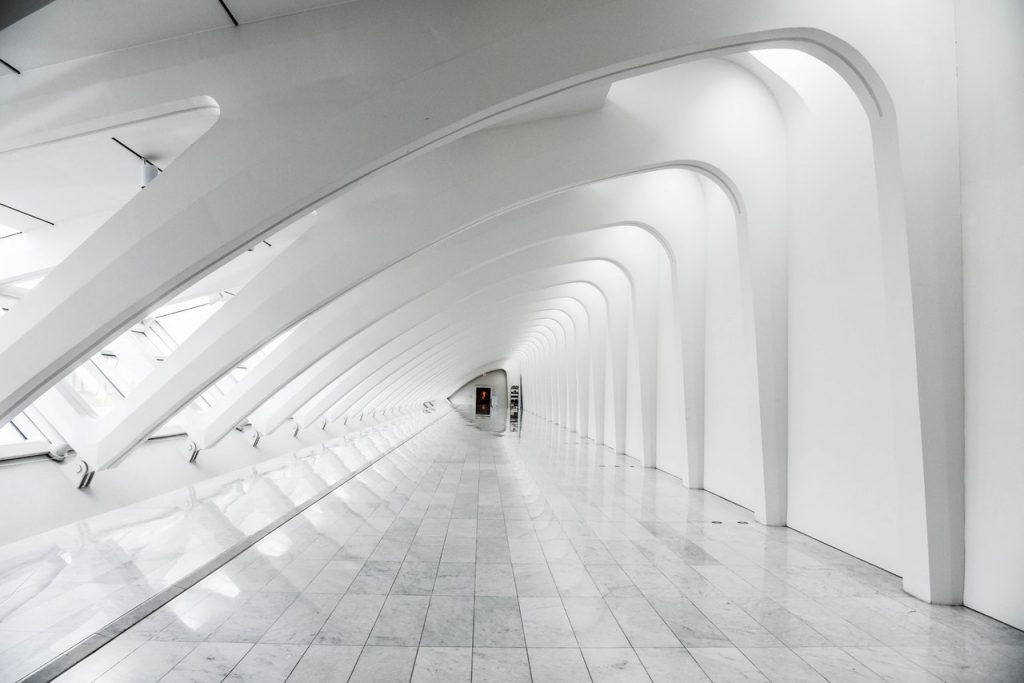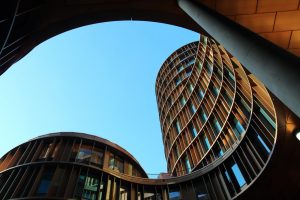
The best value of art is through a museum.
A museum is a place that looks after a collection of relics and other objects that hold artistic, cultural, ancient, or scientific importance.
Apart from this, the main purpose of museums is to display these collections as a purpose of information to the public, as museums are a nonprofit institution, in the service of society.
Museums communicate heritage through design
Museums nowadays are exploring digital technologies to improve the visitor’s experience. The digital initiative begins with creating elements to provide visually rich content, it also includes creating an interactive experience for the visitor and also
Museums are also looking forward to new ways to engage their visitors in educational and storytelling tools. Whether that’s designing an aluminium façade or using timber screens or even creating a curved wall.
The museum display caters to a large number of audiences so the construction and display of information has to be decided very carefully.
Design that engages
The main purpose of museums is to display, so when it comes to the selection of museum curved walls – whether they should be flat or curved is a crucial decision. Gone are the days of static flat wall hanging pictures and written information on the wall.
In this rapidly growing era of digital technology, museums are also installing large video walls where information is portrayed in an interactive way which keeps the visitor engaged.

Keep in mind the following
We as humans see the world in three different dimensions – length, width, and height. If our collective reality was only dependent on two dimensions, then everything to us- would appear to be flat. This is where the choice of curved vs. flat display comes into the picture.
Curved surfaces provide the advantage of displaying all three dimensions. Further, they also expand on the peripheral vision of the viewer. In contrast, the flat surfaces, which as their name suggests don’t provide the extended peripheral vision, instead they offer a weaker immersive experience.
While researching over curved vs. flat display, due to the specification of curved surfaces it correlates greater immersion with a better field of view. This specification holds true for the same reasons that curved displays are also more comfortable than their flat counterparts.
Benefits of curved walls
Since a curved surface throws light from all angles and directions towards the viewer’s eye, he will be able to take in everything without causing much exertion to eyes.
Due to this benefit of curved surfaces, the viewer will not miss any part of the information that is displayed to him.
Therefore, if the viewer’s eyes can more easily cover a larger field of view, as compared to flat screens, then curved displays will thus give a larger feel.
An additional benefit of a wider field of view, which is provided by a curved display, is that it also adds on to your perceived level of immersion.
Thus to conclude our goal is to attract more visitors, provide a memorable experience, and encourage return visits. The screens on curved displays are more visible to your field of view. This creates a more realistic viewing experience.